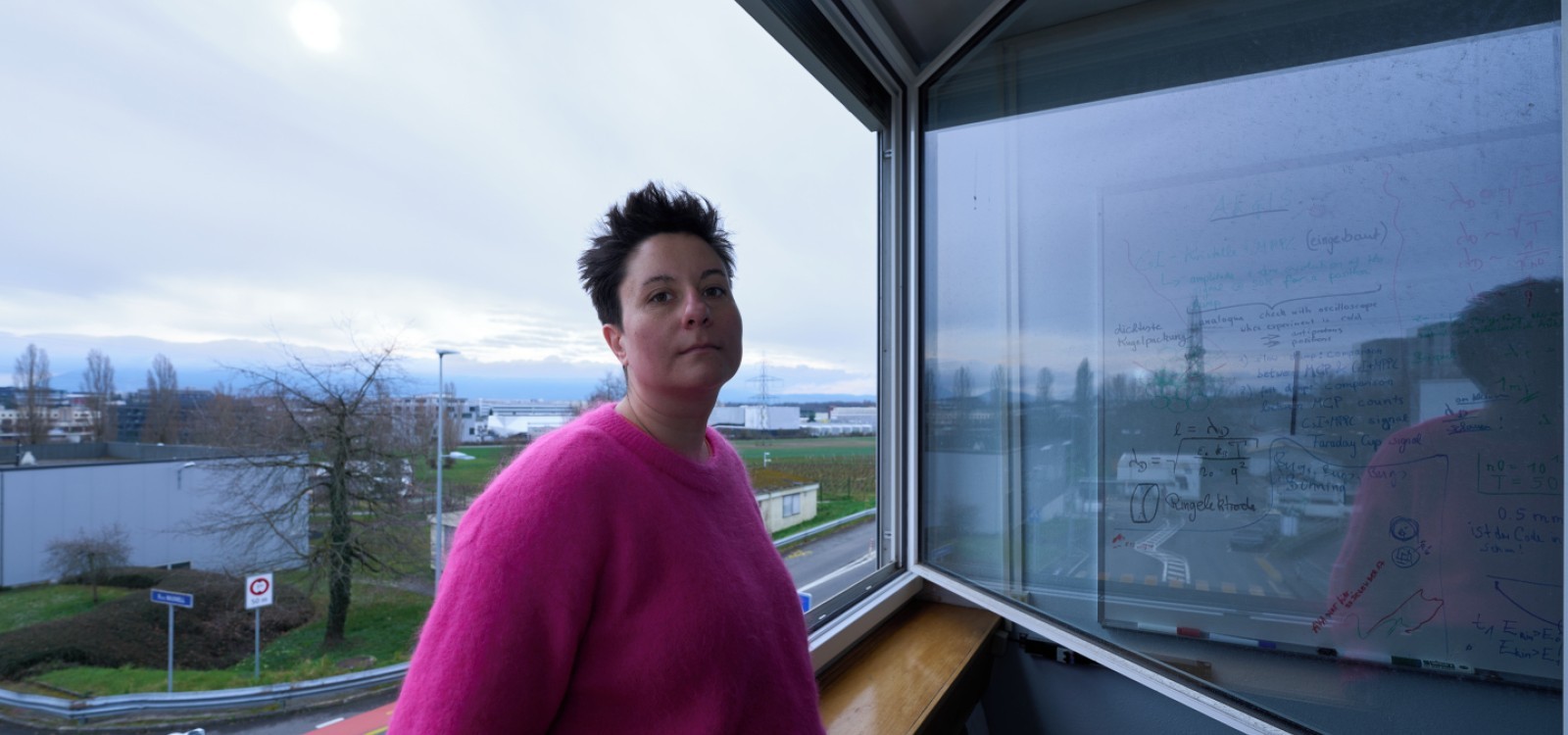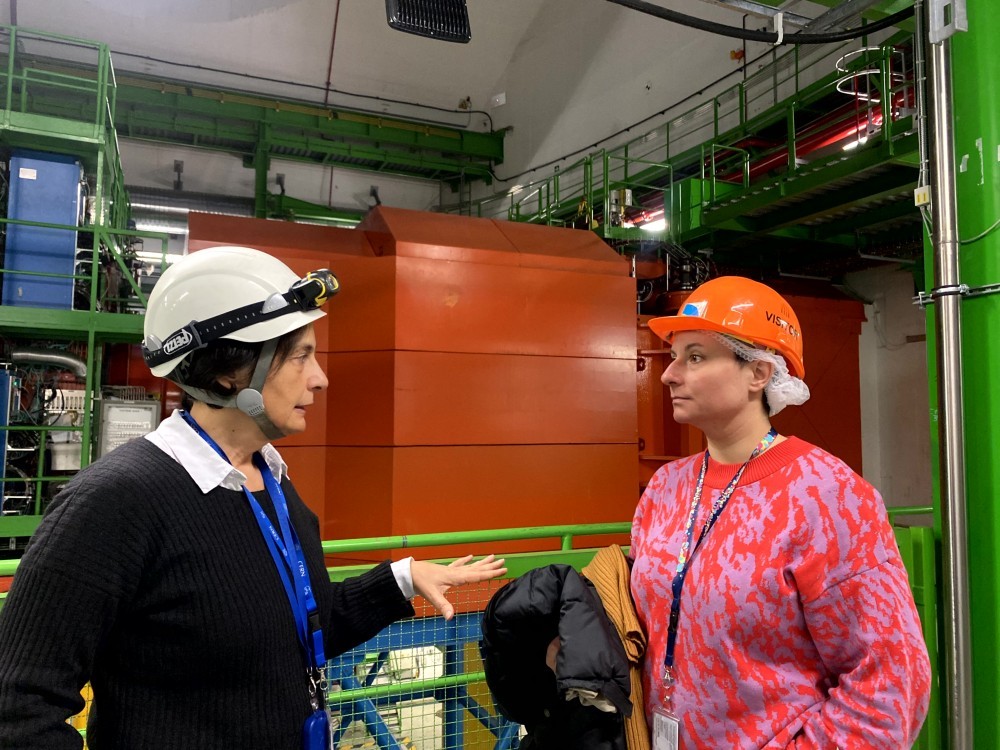
Johanna Bruckner: ‘Quantum computing allows us to conceive a future beyond binary codes’
The artist discusses the influence of quantum physics on her thinking and aesthetics, her exploration of the 'swampland', and how her residency at CERN has challenged her understanding of the world.
Johanna Bruckner has recently completed her residency at CERN as the artist selected for the fourth edition of Connect, a residency programme for Swiss artists working at the intersection of science and artistic research. Her expansive practice spans video, installation, performance, sculpture, and digital media. Drawing inspiration from quantum physics, molecular biology, and the study of hybrid life forms, Bruckner’s work envisions a world where human and non-human entities coexist beyond binary distinctions, fostering an ecology of care and trust.
During her residency, Bruckner focused on her project 'Ekphrastic Motion: Like One Hundred Electric Leeches,' furthering her exploration into the human body's performance in relation to the technologies that affect it. She views the body-technology interface as an 'affective encounter,' focusing on exploring the possibilities for agencies that emerge from these encounters.
Immersing herself in artistic research, Bruckner engaged closely with the scientific community at CERN. In collaboration with physicist Michele Grossi and his team at the CERN Quantum Technology Initiative, she he examined their work at the forefront of the new quantum revolution. ‘Quantum computing allows us to understand technology beyond zero and one. I’m interested in how quantum computing could allow us to envision a future that opens up the binary codes,‘ she explains.
Bruckner's interest in quantum physics permeates her aesthetic research, where entangled relations between objects, humans, non-humans take centre stage. ‘In my visual works, there’s always an entanglement between all the elements beyond words. They transform, entangle, distangle– like “quantum physics of the image, within the image,”’ she articulates.
Her fascination with theoretical physics led her to delve into the concept of the ‘swampland’. Within the context of string theory, there’s a vast ‘landscape’ of possible universes with different laws. The swampland sheds light on the theories that look consistent but become incompatible with quantum gravity, delineating the conditions for the existence of viable universes. ‘I’m intrigued by the swampland as a poetic abstraction– a soup of ecologies of life that exist outside of time and space.’
Inspired by the concept of the swampland, Bruckner works with scientists from CERN’s Open lab to prototype a digital twin – an interface based on machine learning of organic, artificial and imaginary life forms. 'By feeding it not with real data but with speculative multispecies scenarios, I seek to challenge static simulation models and foster an imaginary world beyond technological, political, and social disasters,’ she elaborates.
Upon returning to her studio, Bruckner reflects on how her experience at CERN has reshaped her fundamental understanding of the world and our position within it. Concepts like dark matter – known by indirect detection of its gravitational influence– resonate with her artistic process, as she delves into the exploration of the intangible and the realms beyond language.
Connect is a collaboration framework launched in 2021 by Arts at CERN and Pro Helvetia to serve as a platform for exchange between artistic and scientific communities across the world.

